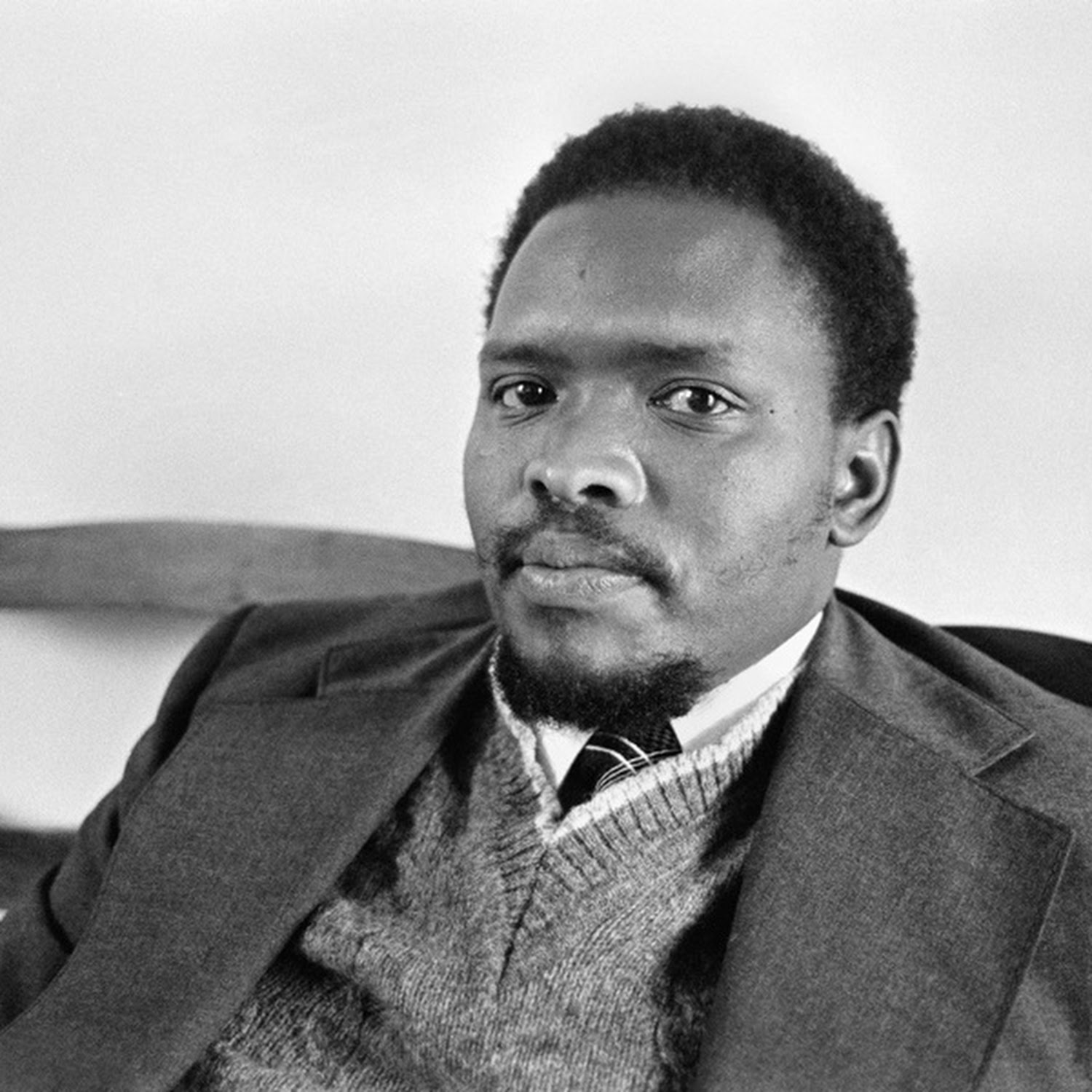The work of framing isn’t easy work. It’s hard enough to try and get a large group of people in one shot and make it look good. I imagine the difficulty is exponentially greater when dealing with a whole continent. So, I’ve come to expect a little bit of cringing when it comes to the framing of Africa in American films. If it isn’t depictions of entirely tribal remote poor villages living amongst the threats of the wild, then it’s the polar opposite, with a grandiose Africa of royalty and power. The latter representation finds its genesis — in popular media — in Eddie Murphy’s Coming to America (1998). It’s your average story of inconceivably wealthy Africans in a made up African country — Zamunda, in this case — with an arranged marriage. It’s easy to trace the influence Coming 2 America has had on later media, with films such as Black Panther and Beyoncé’s Black is King. It even got a sequel this year – Coming 2 America – which was made possible with the help of a South African cast, musicians and fashion designers. I’ve come to understand (almost sympathetically) why it is that African American film-makers produce these rose-tinted fantasies of Africa. The Wakandification of Africa by African Americans — perpetuating with its thematics and aesthetics Binyavanga Wainaina’s frustrations expressed in How to Write about Africa — can be thought of (if we are reaching to be sympathetic) as an understandable but misguided attempt to connect to a H/history and heritage(s) they were separated from.

However, when African artists not only uncritically digest these fantasies but then further reproduce them, I then raise an eyebrow. To be an African yourself and have inside perspective to the complexity of your state and the continent at large, and to then reproduce these American Wakandified tropes and ideas, is discomforting double-consciousness-in action. I turn to the Zulu Man With Some Power himself, Nasty C. From being on billboards in Time Square to being on Rhythms of Zamunda (on “Black And White” with Ari Lennox), the star is quickly making his impact on the American entertainment scene. When looking back at his first major record label release under Def Jam Africa, you’ll find his album Zulu Man With Some Power. Amongst some clear hits, lies the track “Steve Biko“. The song is pretty typical of a contemporary hip-hop/rap song. Allusions to a life of softness and wealth with expensive sneakers and cars. The only moment which took me back was one of the hook’s lines:
One thing about me I’m so pro-black card
I feel like I’m the new Steve Biko
The above lines have the effect of two drops of food colouring in water. It immediately changes the way I receive the song, and I can’t say for the better. There’s nothing barring Nasty C from partaking in baller culture, however, there’s no reason for him to do so with Steve Biko’s namesake. And it really is a matter of namesake because that’s about as deep as the connection between Biko and the song goes as Biko’s politics didn’t much align with what it is that Nasty C is speaking of.

Steve Biko, founder of the Black Consciousness Movement in King William’s Town, South Africa (September 3 1975).
While Biko wasn’t a Marxist per se — his stance against white oppressive operations was in itself also anti-capitalist. Not quite the “pro-black card” figurehead Nasty C was looking for. I don’t believe this would be news to him either, as a South African man himself, I’m sure Nasty C knows who Steve Biko is/was and what he stood for. To try and (re)present Biko to a wider international audience in baller terms and flexes is a Wakandification in and of itself. It wouldn’t be fair of me to pinpoint just Nasty alone because I think there’s a cultural zeitgeist we’re seeing here. As South Africa rebrands itself from being the talk of political crisis in the global sphere, to another major contributor towards contemporary global arts and culture, it’s easy to go with the flow and aid in the misrepresentations of our beautifully complex continent. Even Laduma Ngxokolo’s MAXHOSA AFRICA is a prime example of this. A brand dedicated to representing the beauty of the Xhosa tradition and attire provides some of the wardrobe in Coming 2 America, for the people of the fictional royal household of Zamunda. Real African designers taking from their real African culture to provide some authenticity towards this constructed American fantasy. Wakandification has always been lucrative, but it is fast becoming an elaborate industrial complex.
Black African artists might as well get a slice out of this cake, so it is good to see them being approached for things concerning narratives of Africa and “Africanness”. Having gotten into the room and being offered cake, I would hope these artists can look back at the fanbase located on the heterogenous continent itself (as they are) with multifaceted cultures and complex lives. Lest we forget, complex structures require robust critique. That might help the issue of framing; the solution to an issue of capturing a continent for what it is cannot be resolved by making things up but by zooming into the details.




















































